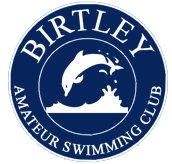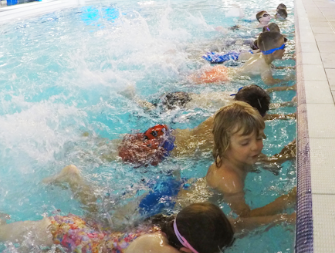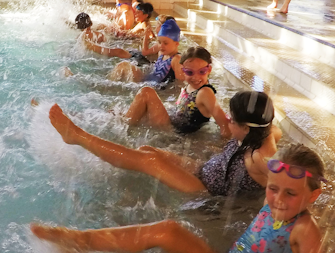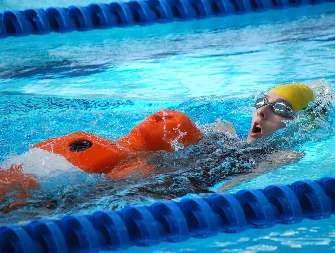WHAT WE TEACH
Birtley has teaching programmes for all children.
From non-swimmers through to proficient swimmers who are maybe considering competitive swimming....... there's a swim programme for you at Birtley. Swimmers range from 6 years (minimum age) through to 18 years.
Stroke development is based on Swim England's 'BLABT' Framework. BLABT focuses on Body, Legs, Arms, Breathing and Timing. Further information can be found in the Clubs 'Swimming Technique Assessment Framework' document.
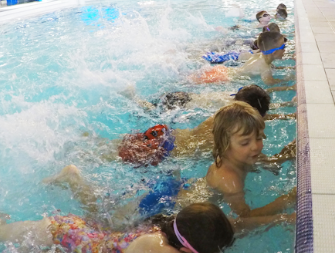
Learn to Swim
Birtley has teaching programmes for all children. From non-swimmers through to proficient swimmers who are maybe considering competitive swimming....... there's a swim programme for you at Birtley. Swimmers range from 6 years (minimum age) through to 18 years.
Stroke development is based on Swim England's 'BLABT' Framework. BLABT focuses on Body, Legs, Arms, Breathing and Timing. Further information can be found in the Clubs 'Swimming Technique Assessment Framework' document.
Small Pool
The Small Pool Programme caters for Non-Swimmers. The Club members will work towards the 10 metres distance badge. To attain the 10m distance badge a child must confidently swim one length of the small pool in one of the four recognised strokes (front crawl, backstroke, breaststroke or butterfly) without the aid of any flotation equipment. In addition, the programme covers Club Lifesaving Certificates A & B.
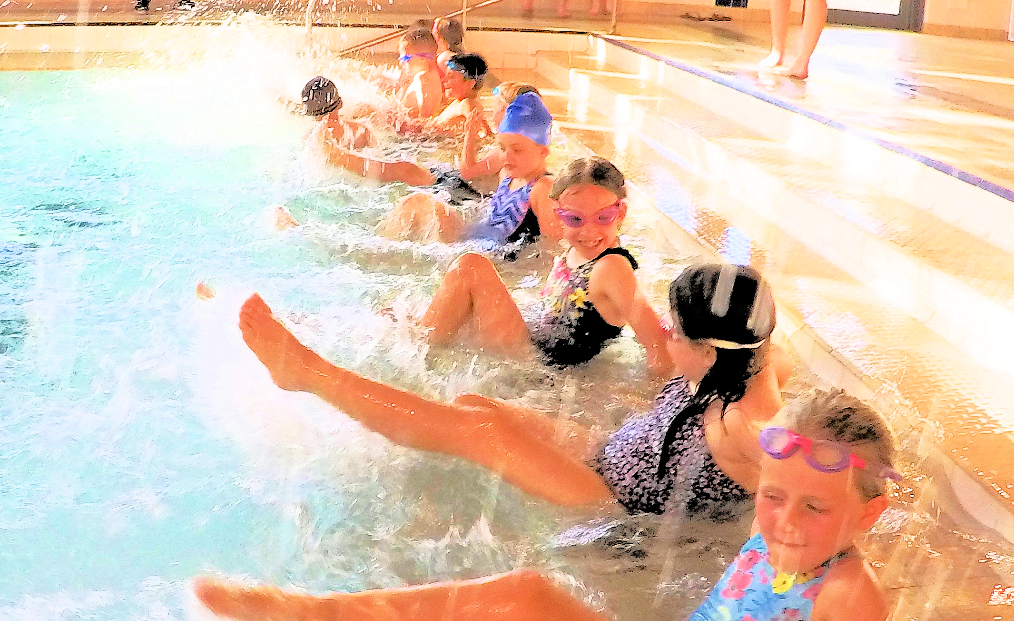
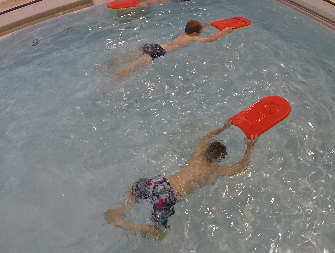
Training Pool
The Club Members will work towards the distance badges of 25 and 50 metres. To attain the 25m distance badge a child must confidently swim one length of the main pool in one of the four recognised strokes (front crawl, backstroke, breaststroke or butterfly). To attain the 50m distance badge a child must confidently swim two lengths of the main pool. The child must perform one length backstroke and one length on their front using one of the three recognised front strokes (front crawl, breaststroke or butterfly).
Main Pool
There are six classes in the main pool – these are referred to as Classes A to F. All classes focus on improving all four strokes and Lifesaving techniques. In class A, swimmers will work towards achieving their 100m distance badge. 100m is four lengths of the main pool. In order to achieve the award, swimmers must swim one full length of front crawl, backstroke and breaststroke followed by one further length of a stroke of their choice. There are a further six distance badges to work towards during 1st Session, the longest of which is 1 mile (64 lengths). From Class B to Class F there are six Club Lifesaving badges to achieve as well as the Bronze, Silver and Gold tests which are covered in Classes D to F.
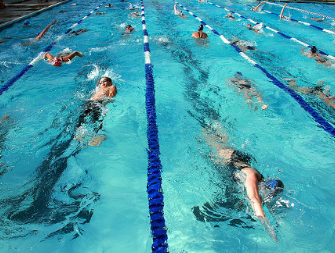

Life Saving
Birtley's key strength is it's diversity in teaching aquatics. Birtley run a Life Saving Programme aligned to the RLSS Teaching Practices as well as our own Club Life Saving Programme.
We have recently introduced some new Lifesaving tests for our small pool, trainer pool and Class A in the main pool. As a Lifesaving Club we felt it was important to start teaching the basics from a younger age. The new tests are called Dolphin of which there are 6 levels. On successfully passing each Dolphin Level, each member will receive a certificate summarising which Lifesaving Skills they have learned.
Stroke Technique
Once you've mastered all four strokes...it's time to refine your technique!
Throughout the first session, swimmers progress through the pool by continually developing the fundamental movements and techniques required across all four strokes.
Stroke development is based on Swim England's 'BLABT' Framework. BLABT focuses on Body, Legs, Arms, Breathing and Timing. Further information can be found in the Clubs 'Swimming Technique Assessment Framework' document.
In second session swimmers get the chance to refine those techniques using a variety of training aids to help the swimmer develop further.
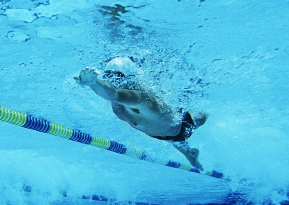
Most importantly............Fun!
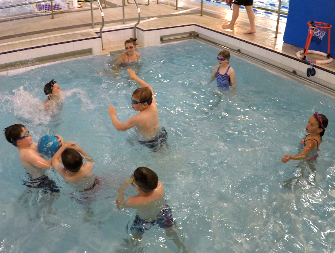
Having fun is the most important part of learning aquatic skills at Birtley. Whilst children learn the fundamental techniques for swimming strokes and Life Saving, we like to challenge children on how to use these newly acquired skills to have fun!
Whether it's an obstacle course, racing with dummies or water polo in second session............there's always time to unwind and use those aquatic skills for more than swimming lengths!
How many bricks can you balance on top of each other at the bottom of the pool in the deep end? .......come along and find out!
